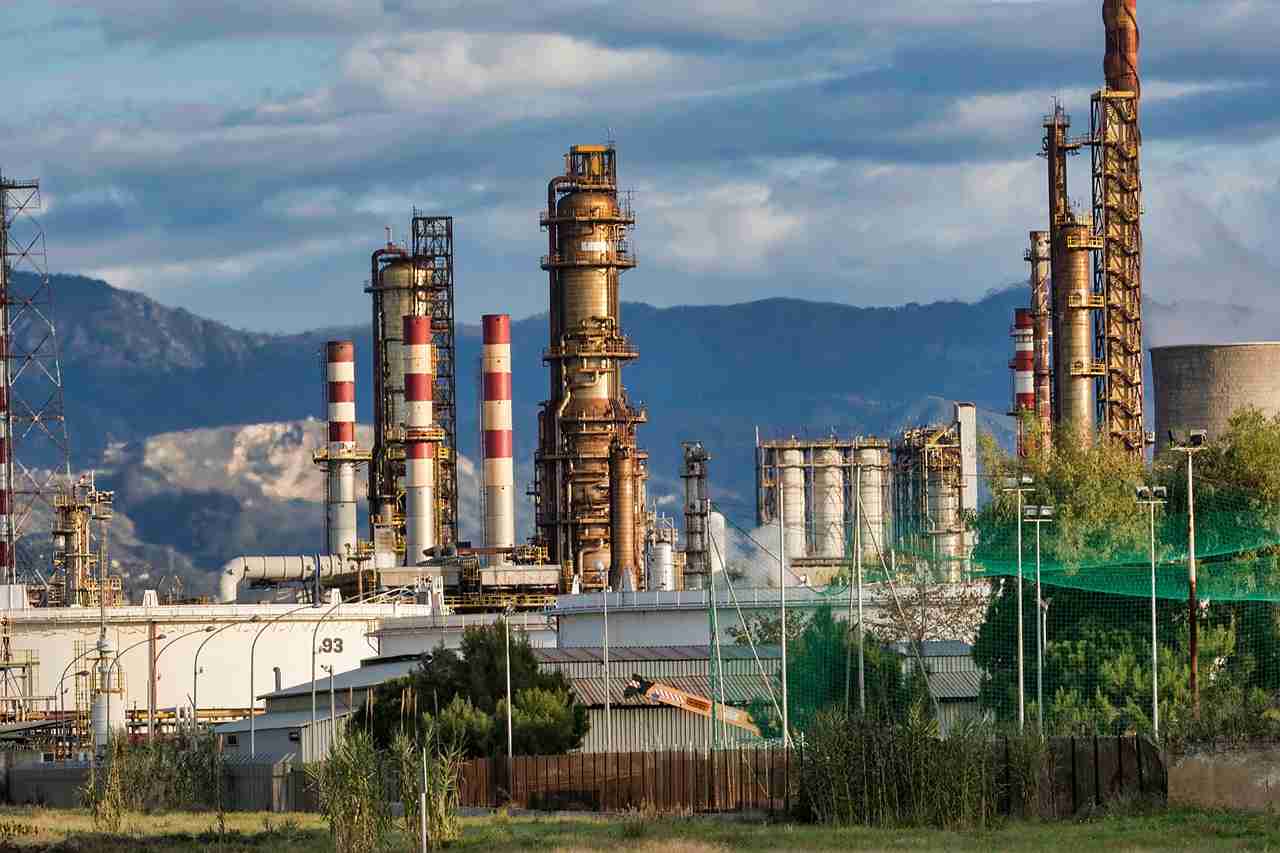
Summary :
- The most recent yearly assessment indicates that the globe is poised to hit a new high: 37.4 billion tonnes of CO₂ released from fossil fuels in 2024. This represents a rise of 0.8% compared to last year.
- The 2024 Global Carbon Budget indicates that CO2 emissions from fossil fuel consumption are expected to increase by 0.8% in 2024, hitting a new high of 37.4GtCO2 – 0.4GtCO2 more than the last year’s record.
- Global fossil CO2 emissions increased at a slower pace in the last decade (0.7% annually) compared to the decade before (2.1%).
Emissions of carbon dioxide (CO₂) from fossil fuels keep rising annually. This startling truth will be shared with global leaders today at the international climate summit COP29 in Baku, Azerbaijan.
The most recent yearly assessment indicates that the globe is poised to hit a new high: 37.4 billion tonnes of CO₂ released from fossil fuels in 2024. This represents a rise of 0.8% compared to last year.
Embracing renewable energy sources and electric vehicles is aiding in lowering emissions across 22 nations. However, it does not suffice to offset the continuous worldwide increase in fossil fuel usage.
In 2023, indications emerged that natural systems might face challenges in capturing and storing CO₂ in the future as effectively as they have done historically. As humanity addresses deforestation and the rise in fossil CO₂ emissions is decelerating, the urgency to achieve an immediate peak and subsequent decrease in global emissions has never been more pressing.
Also Read:
What is the connection between fossil fuels and climate change?
Burning fossil fuels emits significant quantities of carbon dioxide, a greenhouse gas, into the atmosphere. Greenhouse gases retain heat within our atmosphere, leading to global warming. The typical worldwide temperature has already risen by 1°C. Temperature increases beyond 1.5°C pose threats of additional sea level rise, severe weather events, loss of biodiversity, and species extinction, along with food shortages, deteriorating health, and increased poverty for millions across the globe.
Global fossil fuel and overall CO2 emissions are at unprecedented highs.
The 2024 Global Carbon Budget indicates that CO2 emissions from fossil fuel consumption are expected to increase by 0.8% in 2024, hitting a new high of 37.4GtCO2 – 0.4GtCO2 more than the last year’s record.
Total CO2 emissions, encompassing land-use change, are projected to hit all-time highs at 41.6GtCO2, representing a 2.0% increase over the former record established in 2023.
This significant rise was fueled by steady growth in fossil-fuel emissions and unusually high land-use emissions in 2024 – partly a result of wildfires in South America worsened by a strong El Niño occurrence and elevated temperatures.
Every year, the Global Carbon Budget is revised to incorporate the most recent data and enhancements in modeling sources and sinks, leading to minor adjustments in the historical record from one year to the next.
This observed leveling off results from decreasing land-use emissions offsetting ongoing rises in fossil CO2 emissions. Fossil emissions increased by approximately 0.2GtCO2 annually in the last ten years, whereas land-use emissions saw a similar decline.
If worldwide emissions stay at existing levels, the leftover carbon budget to keep warming at 1.5C (with a 50% likelihood) will be depleted within the next six years. Carbon budgets aimed at restricting warming to 1.7C and 2C would similarly be exhausted in 15 and 27 years, respectively.
Global fossil CO2 emissions increased at a slower pace in the last decade (0.7% annually) compared to the decade before (2.1%). This was propelled by the ongoing decarbonization of energy systems – encompassing a transition from coal to gas and the substitution of fossil fuels with renewables – along with somewhat slower global economic growth over the last ten years.
Emissions from fossil fuels increase

The increase in carbon emissions from fossil fuels this year mainly comes from oil and fossil gas, rather than from coal.
Carbon emissions from fossil gas increased by 2.4%, indicating a return to the robust long-term growth rates seen prior to the COVID pandemic. Gas emissions increased in the majority of large nations, while they fell within the European Union.
Oil carbon emissions increased by 0.9% in total, driven by a rise in emissions from international flights and from India.
The resurgence of global air travel caused aviation carbon emissions to rise by 13.5% in 2024, yet they remain 3.5% lower than the figures from 2019 before the COVID pandemic.
At the same time, oil emissions from both the United States and China are decreasing. Oil emissions in China may have reached their peak, influenced by the rise of electric vehicles.
Coal carbon emissions increased by 0.2%, driven by substantial growth in India, slight growth in China, a moderate drop in the US, and a significant decrease in the European Union. The use of coal in the US has reached its minimum level in 120 years.
The United Kingdom shut down its final coal power station in 2024, 142 years following the inauguration of the first one. Due to significant expansion in wind energy substituting coal, the UK’s CO₂ emissions have nearly decreased by 50% since 1990.

Also Read :
- The Potential Animal-Based Foods on Carbon Footprint
- Biomass Carbon Removal & Storage (BiCRS) for Remove Carbon Pollution
#zonaebt #EBTHeroes #Sebarterbarukan
Editor: Savira Oktavia
References:
[1] Global carbon emissions inch upwards in 2024 despite progress on EVs, renewables and deforestation
[2] Fossil fuels and climate change: the facts
[3] Analysis: Global CO2 emissions will reach new high in 2024 despite slower growth



Comment closed